1. The essence of "thermal management" of new energy vehicles
The importance of thermal management continues to be highlighted in the era of new energy vehicles
The difference in driving principles between fuel vehicles and new energy vehicles fundamentally promotes the upgrading and reformation of the vehicle's thermal management system. Different from the simple thermal management structure of previous fuel vehicles, mostly for the purpose of heat dissipation, the innovation of new energy vehicle architecture makes thermal management more complicated, and also shoulders the important mission of ensuring battery life and vehicle stability and safety. The advantages and disadvantages of its performance It has also become a key indicator to determine the strength of tram products. The power core of a fuel vehicle is an internal combustion engine, and its structure is relatively simple. Traditional fuel vehicles use fuel engines to generate power to drive the car. Gasoline combustion generates heat. Therefore, fuel vehicles can directly use the waste heat generated by the engine when heating the cabin space. Similarly, the main goal of fuel vehicles to adjust the temperature of the power system is Cool down to avoid overheating critical components.
New energy vehicles are mainly based on battery motors, which lose an important heat source (engine) in heating and have a more complex structure. New energy vehicle batteries, motors and a large number of electronic components need to actively regulate the temperature of core components. Therefore, changes in the core of the power system are the fundamental reasons for the reshaping of the thermal management architecture of new energy vehicles, and the quality of the thermal management system is directly related to Determine the product performance and life of the vehicle. There are three specific reasons: 1) New energy vehicles cannot directly use the waste heat generated by the internal combustion engine to heat the cabin like traditional fuel vehicles, so there is a rigid demand for heating by adding PTC heaters(PTC Coolant Heater/PTC Air Heater) or heat pumps, and the efficiency of thermal management determines the cruising range. 2) The suitable working temperature of lithium batteries for new energy vehicles is 0-40°C. If the temperature is too high or too low, it will affect the activity of the battery cells and even affect the battery life. This characteristic also determines that the thermal management of new energy vehicles is not only for the purpose of cooling, Temperature control is even more important. Thermal management stability determines the life and safety of the vehicle. 3) The battery of new energy vehicles is usually stacked on the chassis of the vehicle, so the volume is relatively fixed; the efficiency of thermal management and the degree of integration of components will directly affect the volume utilization of the battery of new energy vehicles.
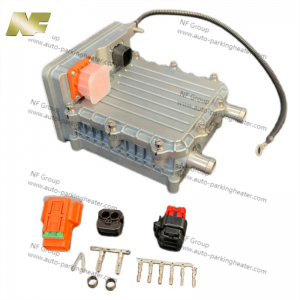
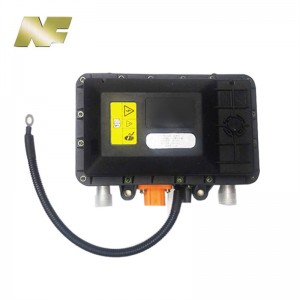
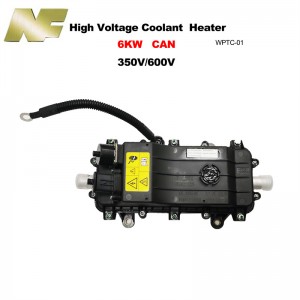
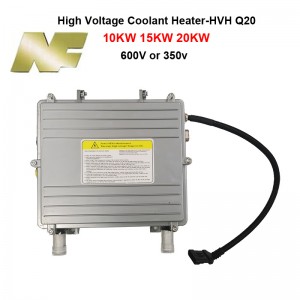
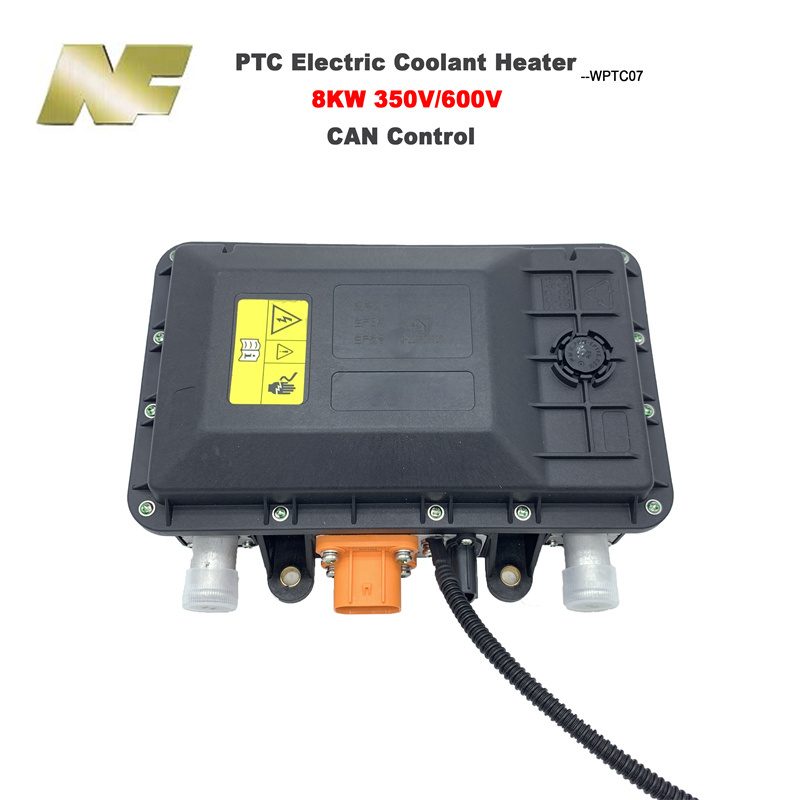
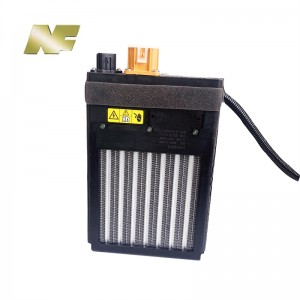
What is the difference between the thermal management of fuel vehicles and the thermal management of new energy vehicles?
Compared with fuel vehicles, the purpose of thermal management of new energy vehicles has changed from "cooling" to "temperature adjustment". As mentioned above, batteries, motors and a large number of electronic components have been added to new energy vehicles, and these components need to be kept at a suitable operating temperature to ensure performance release and life, which creates a problem in the thermal management of fuel and electric vehicles. The change of purpose is from "cooling down" to "regulating temperature". Conflicts between winter heating, battery capacity, and cruising range have prompted the continuous upgrading of the thermal management system of electric vehicles to improve energy efficiency, which in turn makes the design of thermal management structures more complex, and the value of components per vehicle continues to rise.
Under the trend of vehicle electrification, the thermal management system of automobiles has ushered in a huge change, and the value of the thermal management system has tripled. Specifically, the thermal management system of new energy vehicles includes three parts, namely "motor electric control thermal management", "battery thermal management" and "cockpit thermal management". In terms of motor circuit: heat dissipation is mainly required, including the heat dissipation of motor controllers, motors, DCDC, chargers and other components; both battery and cockpit thermal management require heating and cooling. On the other hand, each part responsible for the three major thermal management systems not only has independent cooling or heating requirements, but also has different operating comfort temperatures for each component, which further improves the thermal management of the entire new energy vehicle. The complexity of the system. The value of the corresponding thermal management system will also be greatly increased. According to the prospectus for the convertible bonds of Sanhua Zhikong, the value of a single vehicle of the thermal management system of new energy vehicles can reach 6,410 yuan, which is three times that of the thermal management system of fuel vehicles.
Post time: May-12-2023




